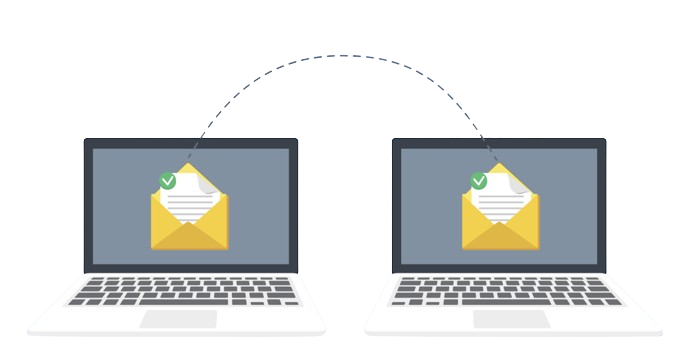Email Migration Troubleshooting: Solutions to Common Problems
Email migration can be a complex process, and various issues may arise that can disrupt the transition. Here’s a guide to troubleshooting common email migration problems and solutions to address them.
1. Data Loss or Corruption
Problem:
- Data is missing or corrupted after migration.
Solutions:
- Backup Verification: Ensure comprehensive backups are made before migration. Regularly verify the integrity of these backups.
- Incremental Migration: Perform migrations in small batches to quickly identify and address data loss or corruption issues.
- Validation Tools: Use validation tools provided by migration software to check the integrity of migrated data.
2. Email Downtime
Problem:
- Users experience downtime during the migration process.
Solutions:
- Off-Peak Scheduling: Schedule the migration during off-peak hours or weekends to minimize impact.
- Incremental Migration: Migrate data incrementally to ensure continuous access to email services.
- Redundancy Planning: Have backup systems in place to handle email traffic if the primary system is down during migration.
3. Authentication Errors
Problem:
- Users are unable to authenticate to the new email system.
Solutions:
- Correct Credentials: Ensure that all user credentials are correctly mapped and transferred to the new system.
- Multi-Factor Authentication: Configure and test multi-factor authentication settings before the migration.
- Password Resets: Provide a clear process for password resets and account recovery post-migration.
4. Email Sync Issues
Problem:
- Emails are not syncing correctly between the old and new systems.
Solutions:
- IMAP/POP Settings: Verify that IMAP/POP settings are correctly configured in both the old and new email systems.
- Sync Tools: Use reliable sync tools designed to handle large volumes of data without errors.
- Manual Sync: For critical accounts, perform a manual sync to ensure no emails are missed.
5. Missing Attachments or Large Files
Problem:
- Attachments or large files are missing after migration.
Solutions:
- File Size Limits: Check for file size limits in both the source and destination systems and adjust settings accordingly.
- Incremental Sync: Migrate large files in separate batches to reduce the risk of errors.
- Attachment Handling: Use specialized tools that handle attachments separately if the default migration tool struggles with large files.
6. Calendar and Contact Migration Issues
Problem:
- Calendar events and contacts do not migrate correctly.
Solutions:
- Compatibility Checks: Ensure that the calendar and contact formats are compatible between the old and new systems.
- Manual Export/Import: Export calendars and contacts manually and import them into the new system if automated tools fail.
- Third-Party Tools: Utilize third-party tools designed specifically for calendar and contact migration.
7. User Training and Adaptation
Problem:
- Users struggle to adapt to the new email system.
Solutions:
- Training Sessions: Provide comprehensive training sessions before and after migration.
- Support Resources: Offer user guides, FAQs, and video tutorials to help users understand the new system.
- Dedicated Support: Set up a dedicated support team to assist users during the transition.

8. DNS and MX Record Issues
Problem:
- Email delivery fails due to incorrect DNS and MX records.
Solutions:
- DNS Configuration: Ensure DNS settings are correctly configured for the new email system.
- MX Record Update: Update MX records to point to the new email server and verify propagation.
- Testing: Perform thorough testing of email delivery before completing the migration.
9. Compatibility with Third-Party Applications
Problem:
- Third-party applications that rely on email integration stop working.
Solutions:
- Compatibility Check: Verify compatibility of third-party applications with the new email system before migration.
- API Integration: Update API settings and re-authenticate third-party applications with the new system.
- Vendor Support: Contact third-party application vendors for support and guidance on integration with the new email system.
10. Security Concerns
Problem:
- Security vulnerabilities during or after migration.
Solutions:
- Encryption: Use encryption for data at rest and in transit to protect sensitive information.
- Access Controls: Implement strict access controls and audit logs to monitor migration activities.
- Security Audits: Conduct security audits before and after migration to identify and mitigate potential vulnerabilities.
Conclusion
Email migration can present various challenges, but with proper planning, the right tools, and effective troubleshooting, these issues can be managed efficiently. Ensuring data integrity, minimizing downtime, providing user support, and maintaining security are critical to a successful email migration. By anticipating common problems and preparing solutions in advance, IT administrators can ensure a smooth transition and maintain productivity throughout the migration process.

